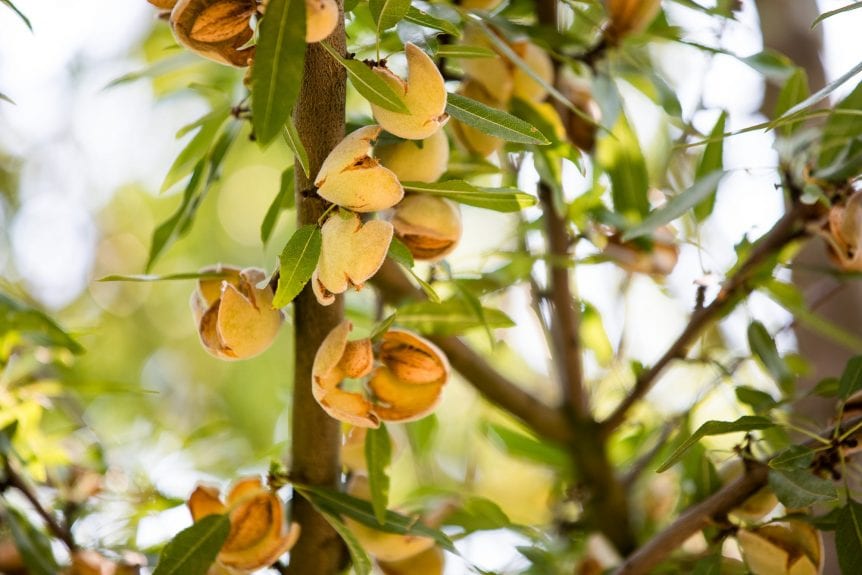
With herbicide resistance on the rise, California tree nut growers must stay vigilant and nimble to keep weeds at bay.
A comprehensive weed management program can help ensure that pressures don’t threaten profits. These best practices can help growers combat common weed threats, ensuring healthy trees from year to year.
Not all weeds are equal – some require specific conditions to thrive, making certain locations in the orchard and times of year ideal for growth. Growers should monitor orchards regularly, making note of the type of weed, where it grows and the management tactic used so that adjustments can be made as needed throughout the year.
Equipment used in a weed-threatened orchard can easily contaminate otherwise healthy orchards. Remove plant parts, mud and dirt from all tools before using them in a clean orchard to avoid the risk of cross-contamination. The University of California, Davis, recommends harvesting orchards where known herbicide-resistant weeds exist after other areas have been harvested.
Weed resistance can occur when using the same type of herbicide repeatedly, a problem many California growers have seen with glyphosate treatments. Utilizing products with different modes of action during the growing season and from year to year can help reduce the development of resistance.

Growers should consider attacking weeds before they breach the soil surface with pre-emergent products such as Alion® herbicide from Bayer. Pre-emergent herbicides prevent normal weed seed germination and development, killing them before or as they emerge and providing a perfect complement to contact herbicides that treat weeds after they emerge. Pre-emergent herbicides also have a different mode of action than glyphosate treatments, reducing the likelihood of developing resistance.
Applying a post-emergent burndown herbicide can provide continued cost-effective control of tough grasses and broadleaf weeds such as Fleabane and Marestail.
Experts advise that growers should always adhere to the label rates listed on products. These rates may vary by soil type, rainfall and other factors.










